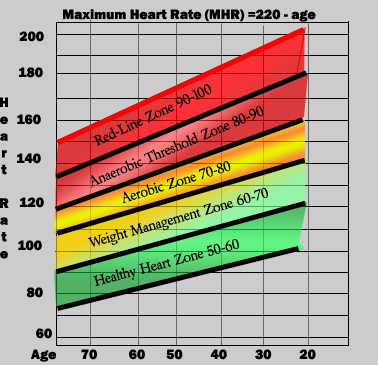

Some of these include excitement (which stirs up adrenaline), dehydration, and even the consumption of nicotine or energy drinks. While some causes are more worrisome to cardiologists, there are other causes addressed by making lifestyle changes. There are several different possible causes of an elevated heart rate. Is a accelerated pulse always a cause for concern? Usually, most adult’s resting heart rate lies in the range of 60-80 beats per minute, some approaching 100 beats per minute. Unexpectedly experiencing a fast pulse is for a certain level of physical activity should be cause for concern. Typically, defined as having a resting pulse faster than 100 beats per minute for adults. The definition of a fast heart rate differs depending on the age of the person experiencing it. But did you know that as you age, changes in the speed and regularity of your pulse can change and may signify a heart condition or other condition that you need to address? What is a “fast heart rate”? Exercise, air temperature, body position, emotions, body size, and medications are all factors that can affect heart rate. Ideally, they just push you to work a little harder.Experiencing an accelerated heartbeat or Tachycardia can be a problematic occurrence, especially if you are not aware of why it’s taking place. Remember that target heart rate is just a guide. “Don’t get overly fixated on numbers,” Martin says.Devices recording your heart rate have been known to malfunction, for example-another reason listening to your body is important. Pay attention to how hard you’re breathing or sweating, and stop if you feel very uncomfortable, Martin says. Listen to your body. Your body provides other indicators of how hard it’s working that you need to consider along with heart rate.If you haven’t exercised much before, start where you’re comfortable (around 50 percent of maximum heart rate) and gradually exert yourself more over time.

Start at your beginning. Before getting overly concerned about your heart rate, Martin says, it’s best to simply get moving.Therefore, the target heart rate that a 50-year-old would want to aim for during exercise is 85 to 145 beats per minute.īut there’s an easier way to figure it out if you want to skip the math: Wear a fitness tracking device, or exercise on a treadmill or other machine that calculates target heart rate for you, Blaha suggests. At an 85 percent level of exertion, your target would be 145 beats per minute. At a 50 percent exertion level, your target would be 50 percent of that maximum, or 85 beats per minute.

So for a 50-year-old, maximum heart rate is 220 minus 50, or 170 beats per minute. The maximum rate is based on your age, as subtracted from 220. Target heart rate is generally expressed as a percentage (usually between 50 percent and 85 percent) of your maximum safe heart rate. The more fit you are, the lower your resting heart rate for very fit people, it’s in the range of 40 to 50 beats per minute. (Alternately, you can take your pulse for 30 seconds and double it.) The average resting heart rate is between 60 and 100, he says. Then count the number of beats in a minute-that’s your resting heart rate. Find your pulse (inside your wrist, on the thumb side, is a good place).
#Good pulse rate how to
How to Find Your Target Heart Rateįirst, it helps to know your resting heart rate, Martin says. Doctors also use target heart rate to interpret the results of a cardiac stress test. “A higher heart rate is a good thing that leads to greater fitness,” says Johns Hopkins cardiologist Michael Blaha, M.D., M.P.H. During exercise, you can monitor heart rate and try to reach this target zone. Your target heart rate is a range of numbers that reflect how fast your heart should be beating when you exercise. Aiming for what’s called a “target heart rate” can help you do this, says Johns Hopkins cardiologist Seth Martin, M.D., M.P.H. Think of it as the “sweet spot” between not exercising hard enough and overexerting.


 0 kommentar(er)
0 kommentar(er)
